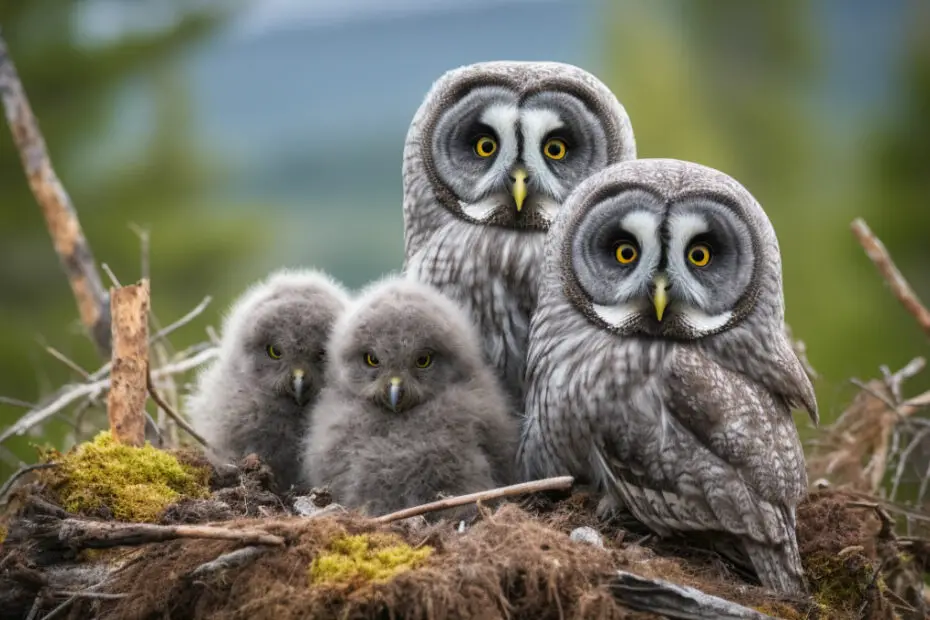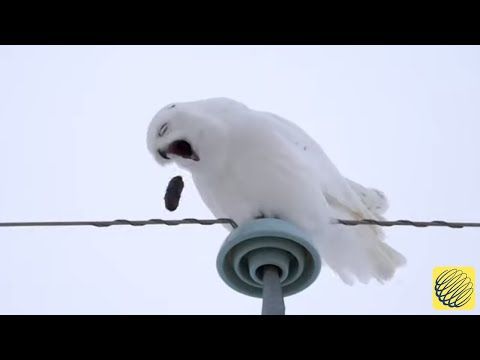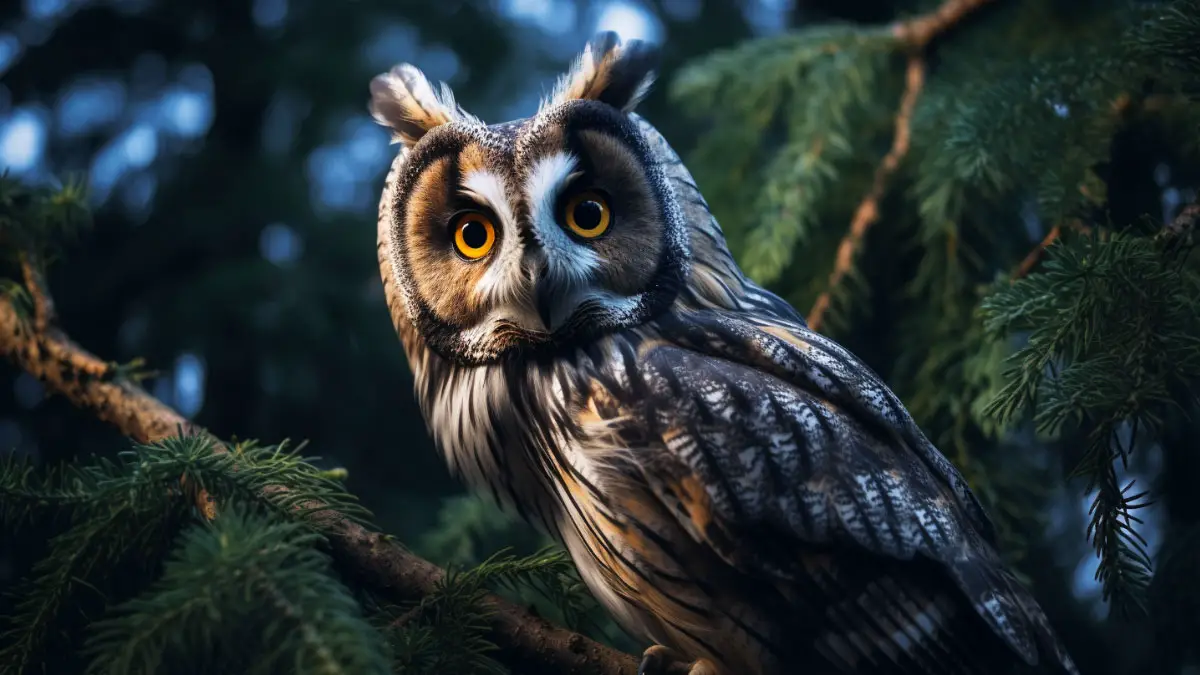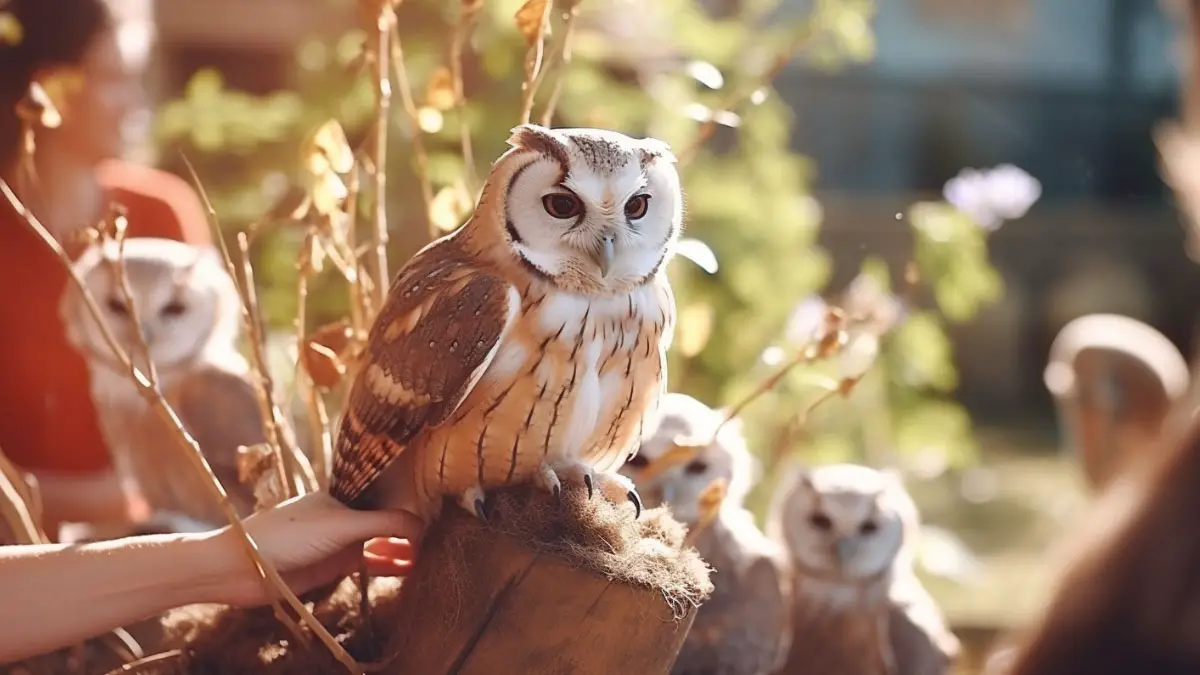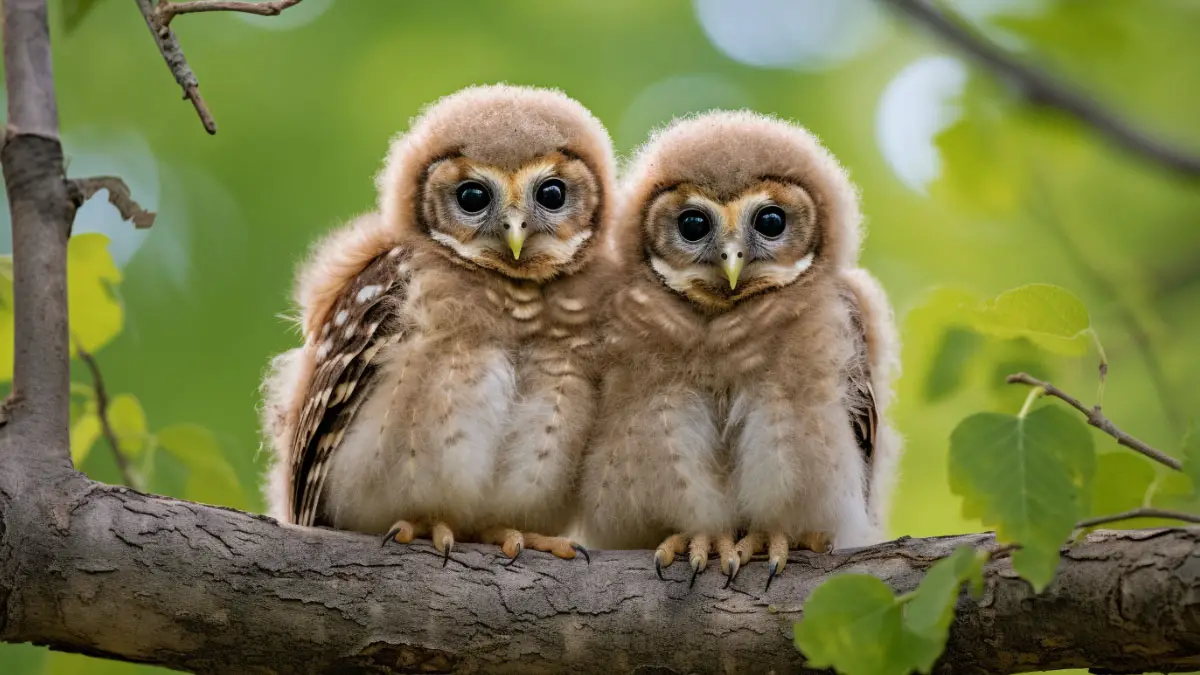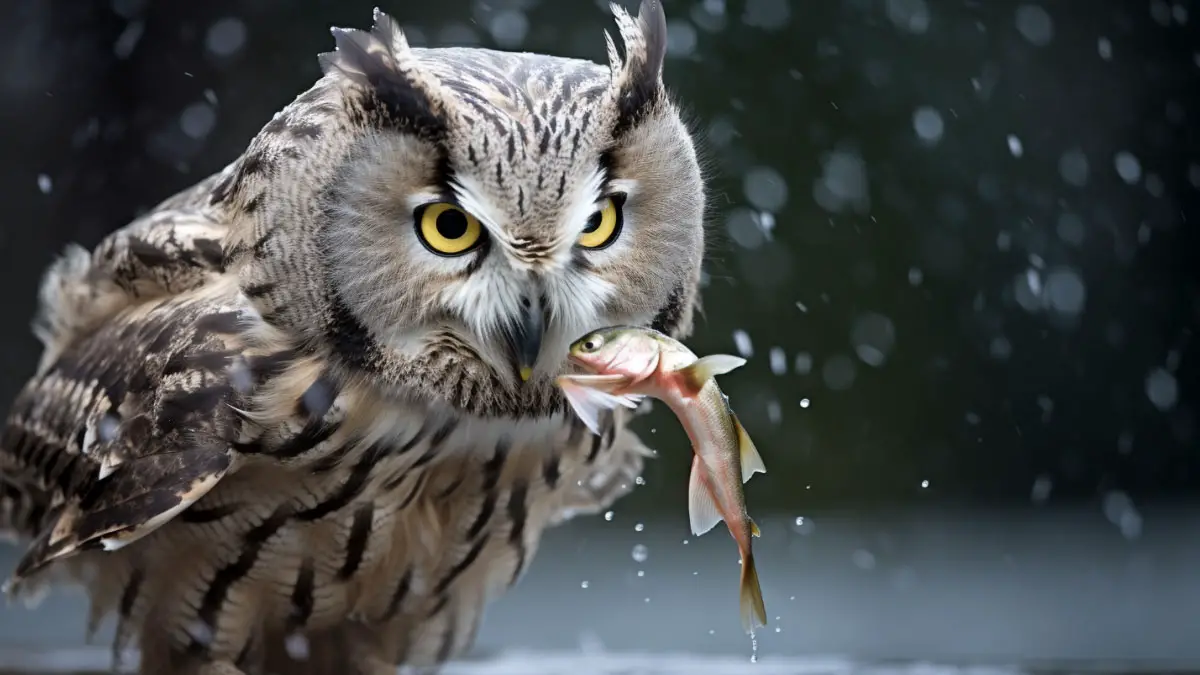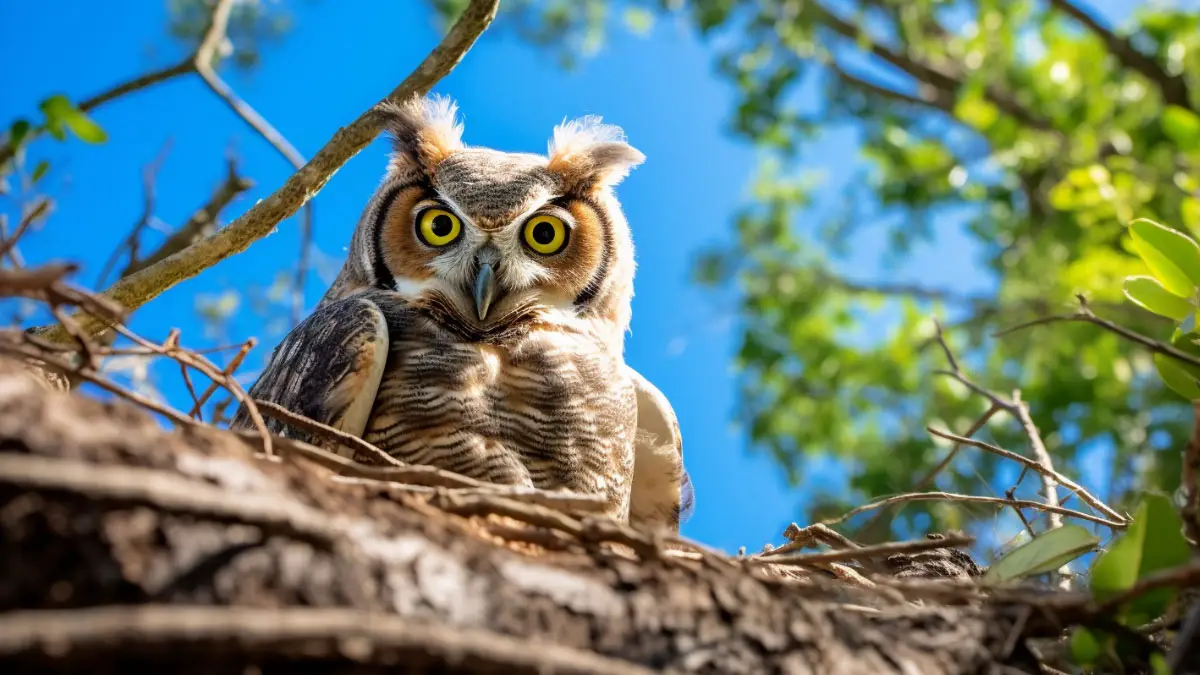If you have ever ventured near an owl’s nest, you must have seen these shriveled black particles that are scattered everywhere. On a close inspection, you will find them consisting of bones and furs. So, what are these actually?
The black substances found near the owl’s habitat are known as owl pellets. They contain solid parts of the owl’s prey, which are indigestible. As Owls cannot digest bones, they are concentrated into solid substances. Then, they are regurgitated from an owl’s stomach.
Owl pellets are one of the most fascinating aspects of their digestive system. To learn more about these, let’s jump right in.
What Is An Owl Pellet?
Owl pellets contain the undigested substances from their prey. Usually, the parts that owls cannot digest are concentrated into a round-cylindrical shaped substance. The owl vomits it, taking it out of its digestive system.
Pellets are fairly common among birds. This is because they cannot chew their foods and usually swallow them whole. Owls eat pretty much anything, from insects to rats. The flesh is usually digestible, but fur and bones are not. These are regurgitated, and they form an owl’s pellets.
Not every owl pellet is of the same size. It depends on their species. The Great Horned Owl and Snowy owls produce some of the largest pellets.
How To Identify Owl’s Pellets?
An owl pellet is usually found below its nesting place. You can see them scattered at the bottom of the trees or near the barns where they nest up.
Different owl pellets have different sizes. The Great Horned Owl produces the largest pellets, while the Elf Owl produces the smallest due to their diminutive size.
All owl pellets are circular in shape and covered by fur. The pellets are mostly black in color due to the color of the prey’s fur. If these are freshly removed, they will be moist. But old pellets will become hardened when left for some time.
Owl pellets are generally larger than the pellets formed by other birds of prey. Hawks and kestrels are also known to regurgitate pellets from their stomachs.
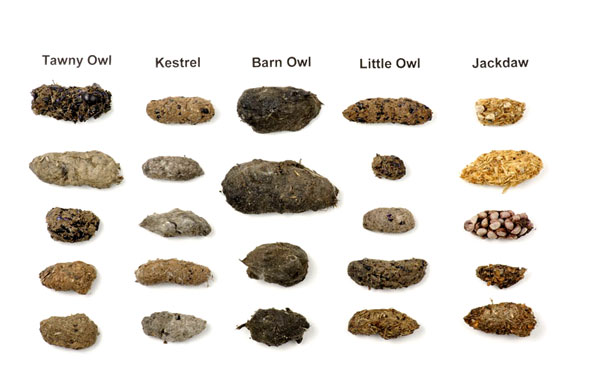
How Are Owl Pellets Formed?
Pellets are formed as a product of an owl’s digestive system. When the owl finishes digesting its prey, the undigested items end up as pellets. Owls regurgitate the pellets from their stomach after the digestion finishes. After that, the owls will start to hunt their prey and get ready to eat again.
When an owl swallows its prey, first, it goes into a chamber known as proventriculus. This is very similar to a stomach, producing acids that mix with the food and start digesting the flesh. All the nutrients are digested, and they pass down to the next chamber.
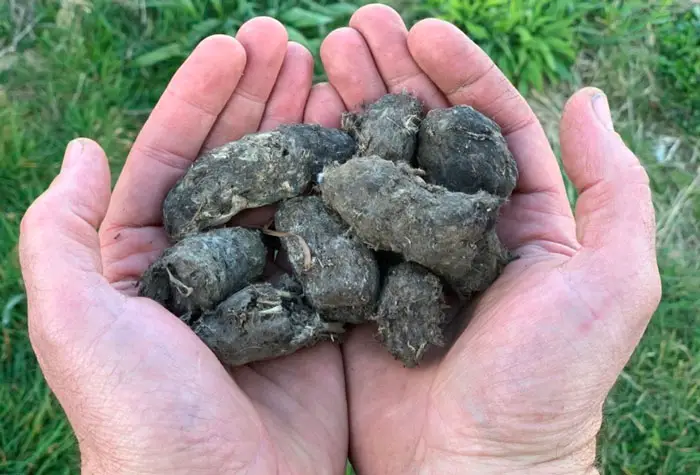
It’s known as ventriculus, and the muscles present here further break down the food. The nutrients are broken down such that they can be absorbed into the bloodstream. But this chamber has another function. It acts as a filter, making sure the undigested items remain there.
After the digestion finishes, the digested food, which is liquid at this point, moves to the small and large intestines. Meanwhile, the solid bones and fur are compressed and turned into pellets.
Owls remove the pellets once every day. It remains in the stomach for 10-12 hours before it is expelled.
What Can The Material On The Outside Of A Pellet Tell Us?
The pellets can tell you about the owl’s diet. The bones and exoskeletons can give you an idea of what the owl ate. If you remove the bones and analyze them, the shapes can reveal the species of the prey. This can help you identify the eating habits of owls.
From the outside, you may not be able to see the bones inside pellets. But once dissected, you can separate all the bones that are inside.
Pellets do not usually smell. That can encourage you to analyze them. When you are dissecting it, use gloves to avoid coming in contact with any bacteria or viruses that may be present.
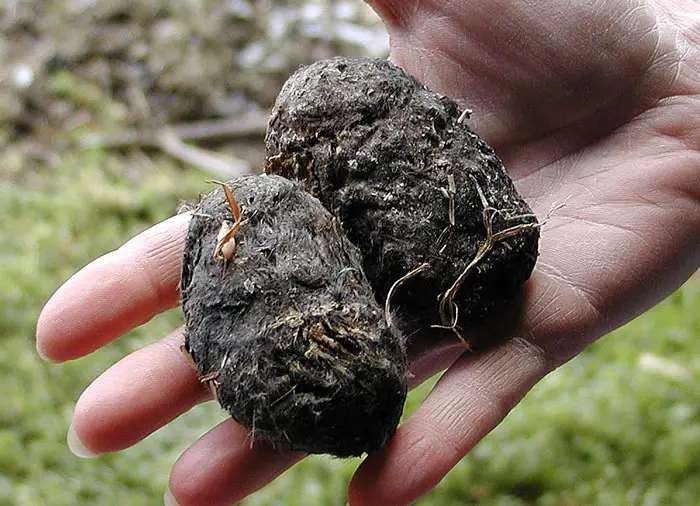
Related Questions
Now you know what owl pellets are and how they are formed. Here, I have answered some additional queries that can be important to you.
The enzymes found in the owl’s stomach break down the tissues in the prey. It is effective against soft body parts but cannot digest hard substances such as bones and fur. These eventually become the pellets that owls regurgitate.
Owl pellets are important because they contain indigestible materials such as bones. If these remain inside the stomach, it would affect their digestion process. Owls would fall ill if the undigested materials were not removed.
Conclusion
Owls are majestic birds. They are great hunters, and their digestive system is designed to work accordingly. Pellets, as discussed earlier, are a by-product of the different steps of their digestion.
So, if you come across plenty of pellets, that means you are near an owl’s habitat. Then why not dissect it and identify what the owl had for lunch?
Seems like an exciting activity to do. Until then, it’s time for us to say goodbye from here.
